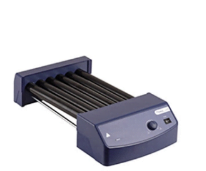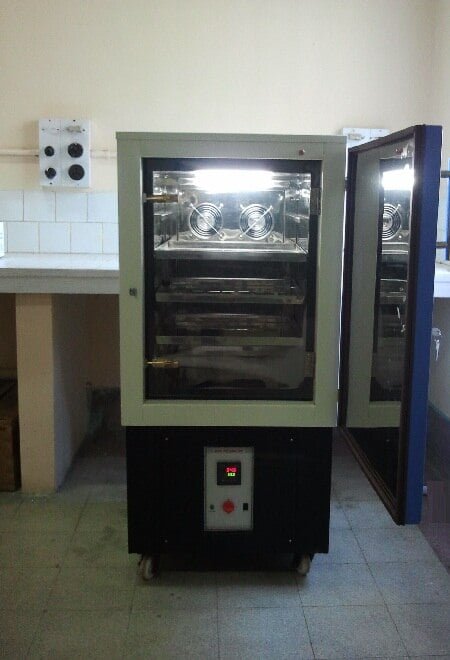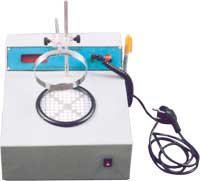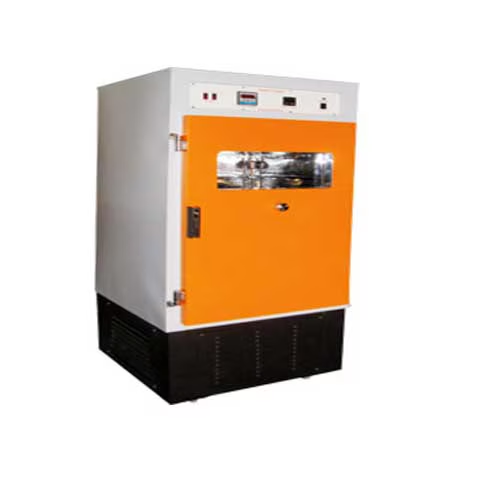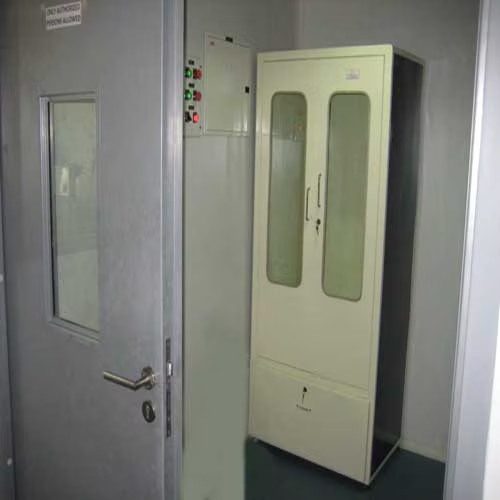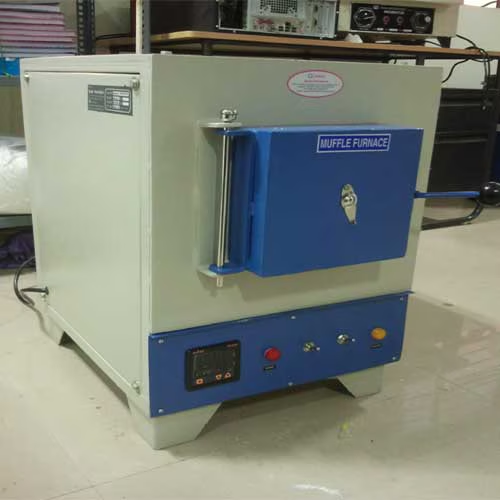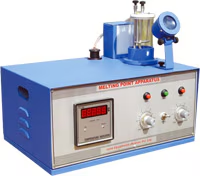| Simple and Cost-Effective Operation |
Analog controls (knobs or dials) offer a user-friendly and affordable option for basic mixing needs |
| Efficient Mixing for Various Applications |
Provides a rolling or rocking motion for thorough mixing of samples in tubes, suitable for cell cultures, dissolutions, and other protocols |
| Easy Speed Adjustment (in most models) |
Allows for adjusting rotation speed with a knob or dial to control mixing intensity |
| Reliable Performance (depending on quality) |
Well-made analog tube rollers can deliver dependable mixing performance for routine laboratory tasks |
| Less Sophisticated Controls (compared to digital) |
Lacks features like digital displays or timers present in some digital models, requiring manual monitoring of rotation time |
| Potentially Less Precise Speed Control (compared to digital) |
Analog controls might offer less precise adjustments in rotation speed compared to digital models |

